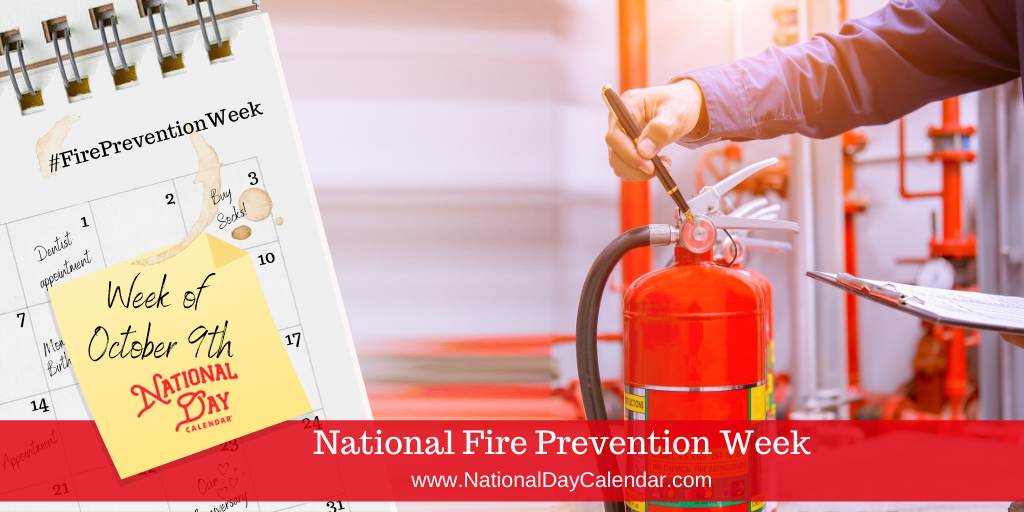Is That a Drunk Driver?
This week's safety bulletin goes teach you how to spot a drunk driver, being careful during construction season, and more! Make sure you are signed up for future safety bulletins and download a PDF version to download and share!
In This Issue:
- Is that a drunk driver?
- We Are Still in Road Construction Season!
- FMCSA Begins Rulemaking to Revise ELD Requirements
- Private Fleets are Invited to Participate in ATRI Top Industry Issues Survey
Is That a Drunk Driver?
How many times have you been driving and, upon seeing another motorist ask yourself, "is that a drunk driver? This week, a customer informed me that the day before they had been involved in a head-on collision with another vehicle. The other driver was under the influence of alcohol. The camera on their unit documented the other drivers' actions and their own drivers' textbook maneuver to move his truck to the right side of the lane just before impact.
The National Highway Traffic Safety Administration (NHTSA) has established four categories to identify if a person is operating a vehicle under the influence. Please review these categories to be a better defensive driver when these folks are operating around you.
- Problems in maintaining lane position. Look for signs of erratic steering or an inability to keep the vehicle in a lane. Weaving across lanes, straddling two lanes, and almost striking another vehicle are potential indicators of a drunk driver.
- Speed and braking problems: Braking smoothly becomes difficult for an impaired driver. Look for general problems with stopping, like jerkiness, stopping short or abruptly. Maintaining speed also becomes a challenge for drunk drivers, so look for drivers that accelerate and decelerate quickly; look for the driver operating well below the posted limit.
- Vigilance problems. This means that the driver is unable to pay attention to driving. As a result, an impaired driver might forget simple things that a typical driver would not, such as driving at night without headlights, the wrong way on one way, or responding slowly to traffic signals.
- Judgment problems. Alcohol can impair a driver's judgment of what is safe and what is not. As a result, drunk drivers will often take risks that endanger other lives and their own. Examples are following another vehicle too closely or making unsafe lane changes. Any erratic behavior, like making sudden turns, crossing the median, or violating no-turn laws, can also signal an impaired driver.
What should you do?
Seeing any of these identifying factors, you should take evasive action to avoid trouble or any unpredictable move the suspected drunk driver might make. If you see two or more of the above factors, the driver is probably drunk, and it's your responsibility to save the lives of other drivers and call the police immediately.
We Are Still in Road Construction Season!
Drivers need to be especially cautious of construction zones. States are making a concentrated effort to raise awareness of the dangers in these zones. Here are some safety tips you can share with your drivers regarding construction zones:
- SLOW DOWN and be alert when approaching a "construction zone." Get into the correct lane well in advance. Where traffic is merging into a single lane, be cautious of other motorists racing to get ahead of slowing traffic.
- Get OFF the phone…. even Hands-Free phones distract your ability to operate your truck safely.
- PAY ATTENTION to what those orange and black warning signs are telling you to do.
- BE ALERT for the actions of other drivers.
- PAY CLOSE ATTENTION to construction equipment and workers. You never know their next move, so be prepared to stop.
- WATCH SPEED LIMITS, and don't tailgate. Double your following distance. Rear-end collisions are the most common kind of construction zone accident.
- WATCH FOR CONSTRUCTION VEHICLES entering and exiting the road in or near the construction area, as they may enter and exit at a slower speed than other traffic.
- TURN YOUR HEADLIGHTS ON as you approach a work zone, alerting both the construction workers and other traffic around you of your presence.
- GIVE CONSTRUCTION WORKERS A "BRAKE"
FMCSA Begins Rulemaking to Revise ELD Requirements
The Federal Motor Carrier Safety Administration has issued an Advance Notice of Proposed Rulemaking to solicit comments on ways to improve the clarity of current regulations on the use of electronic logging devices and address certain concerns about the technical specifications raised by users.
FMCSA seeks comment in five specific areas where the agency is considering changes: applicability to pre-2000 engines, addressing ELD malfunctions, removing ELD products from FMCSA's list of certified devices, technical specifications, and ELD certification.

Regarding ELD malfunctions, 49 CFR §395.34(a) requires a driver documenting their Record of Duty Status to switch to paper logs when an ELD malfunctions. Section 395.34(c) requires a driver to follow the motor carrier and ELD provider recommendations when a data diagnostic event is logged. For example, whenever an ELD fails to record a driver's hours, enforcement personnel must be able to review the driver's paper logs. By contrast, when an ELD malfunctions but records the driver's hours accurately, the driver should not switch to paper logs. FMCSA is now asking if it should amend carrier and driver responsibilities in §395.34 to clarify when a driver must switch to paper logs.
FMCSA is also asking if the agency should establish a certification process for ELD manufacturers rather than allowing them to self-certify that their devices comply with the ELD requirements. For example, Transport Canada requires third-party certification of ELD providers under government standards. FMCSA seeks input on the costs and benefits of adopting a certification process in the United States.
Private Fleets are Invited to Participate in ATRI Top Industry Issues Survey
The American Transportation Research Institute (ATRI) has launched the 2022 Top Industry Issues Survey. The annual survey asks trucking industry stakeholders to rank the top issues of concern for the trucking industry along with potential strategies for addressing each issue. Click here to participate.

In its 18th year, ATRI's annual analysis not only ranks the issues overall but also provides insights into how critical topics are ranked differently by motor carriers and professional drivers. The report also allows stakeholders to monitor issues over time to understand better which cases are rising or falling criticality.
October 9-15 Fire Prevention Week

National Fire Prevention Week is coming, and it is an excellent time to review with your drivers how to prevent fires and react to a fire that occurs in their commercial motor vehicles. Fire extinguisher inspection is vital to a driver’s daily vehicle inspection process. It amazes me how many times I will be looking at a truck and find the fire extinguisher has lost its pressure due to a leak or was used and returned to the truck without being recharged. A driver's actions at the time of fire are crucial in saving lives and controlling the amount of loss.
Idealease Will Present a Limited Number of Safety Seminars this Fall
Idealease and the National Private Truck Council NPTC will again be hosting a limited number of safety seminars in the fall of 2022. The one-day seminar this year will focus on new safety technologies available on trucks today, basic safety and compliance, regulation changes, load securement and CSA. The seminars and will be provided to all Idealease customers, potential customers and NPTC members at no charge. The seminar provides important information applicable for both the novice and experienced transportation professionals. Watch this list in future bulletins as additional seminars may be added.
To register for an upcoming seminar in the fall of 2022 click on the following link:
https://www.idealease.com/safety-seminars
Sep 21 | |
Oct 11 | |
Oct 13 | |
Oct 18 | |
Oct 25 |
*The Idealease Safety Bulletin is provided for Idealease locations and their customers and is not to be construed as a complete or exhaustive source of compliance or safety information. The Idealease Safety Bulletin is advisory in nature and does not warrant, guarantee, or otherwise certify compliance with laws, regulations, requirements, or guidelines of any local, state, or Federal agency and/or governing body, or industry standards.
